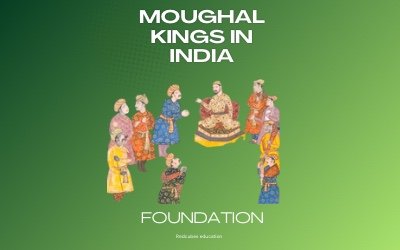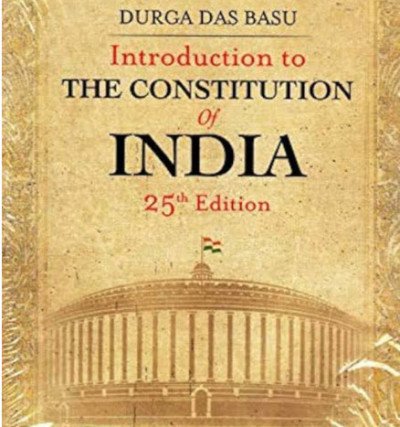Comprehensive Timeline-Based Study of the Mughal Empire
This course offers a systematic, timeline-driven exploration of the Mughal Empire, one of the most influential dynasties in Indian history. Designed to enhance conceptual clarity, it delves into the reigns of each Mughal emperor—from Babur’s conquest of India in 1526 to the symbolic deposition of Bahadur Shah Zafar in 1857, marking the end of the empire and the formal beginning of British rule.
English
Last updated
Fri, 20-Jun-2025





